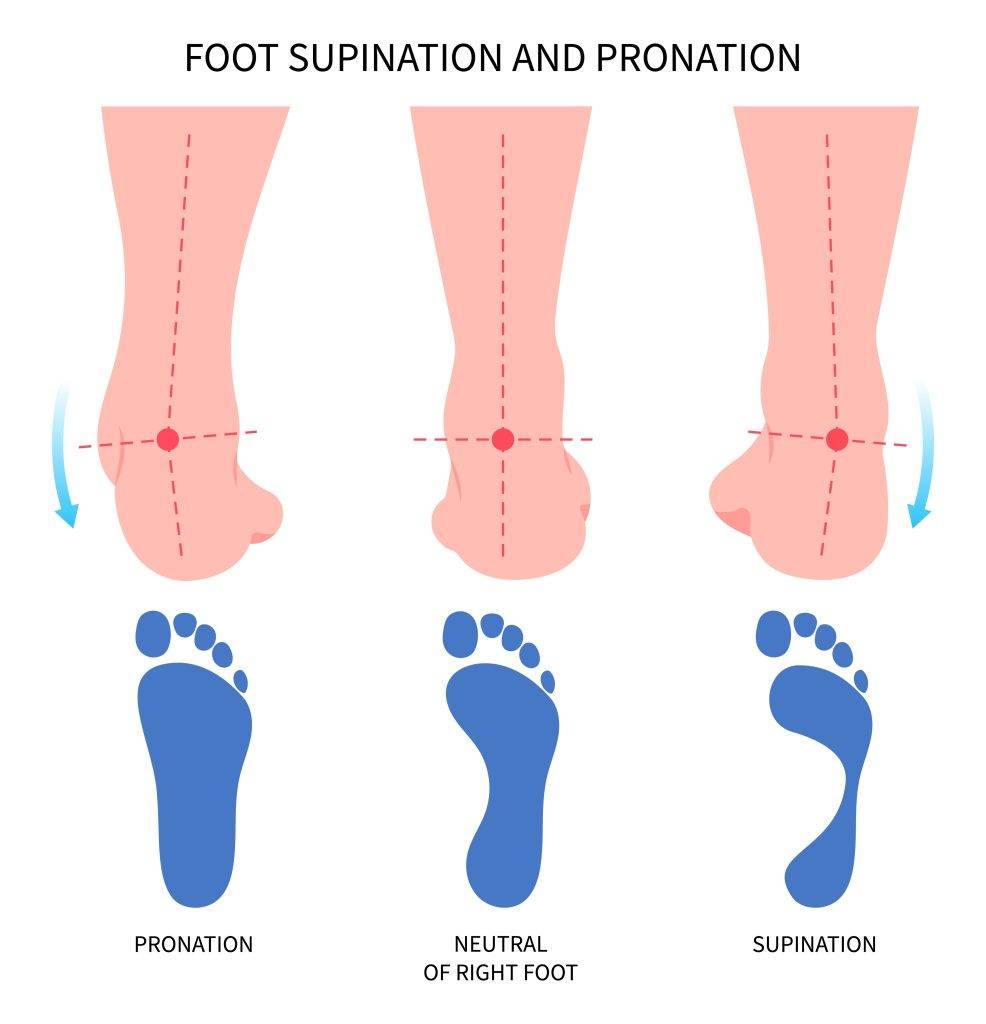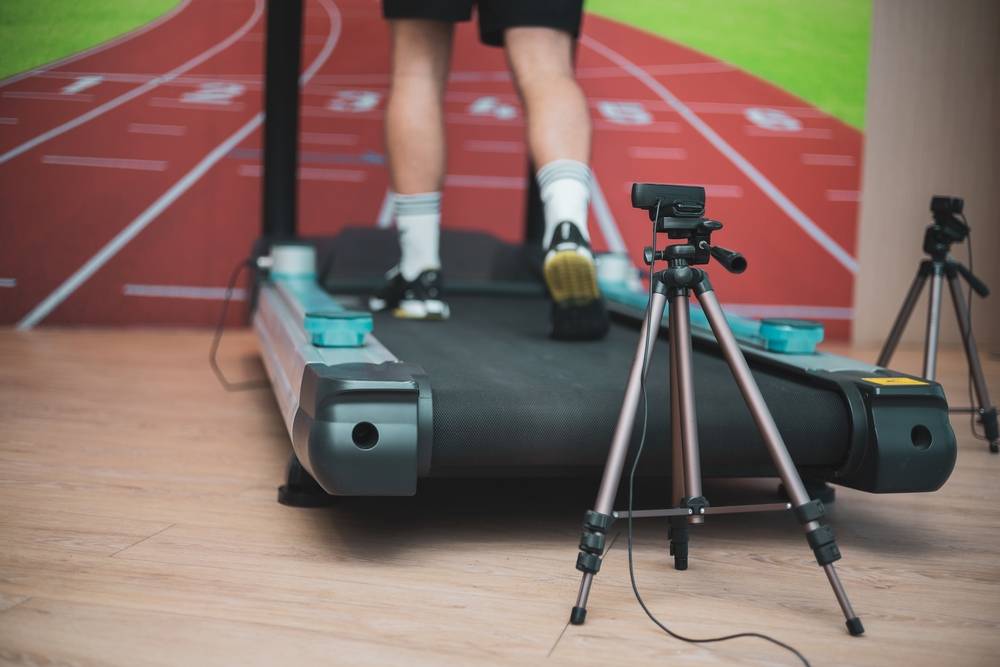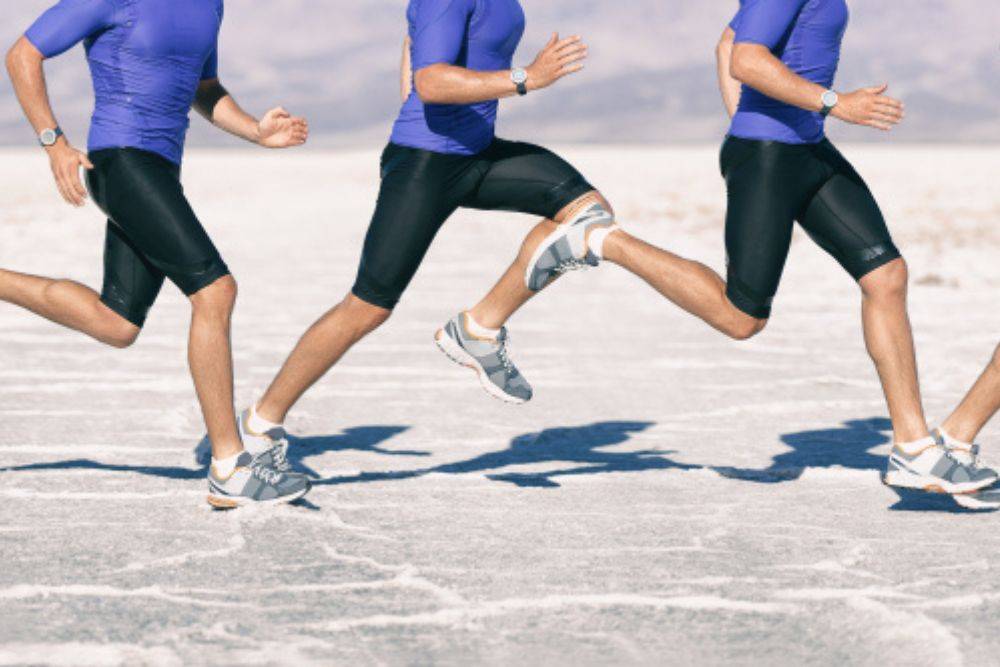Do you ever finish a jog only to feel unexpected pain in your knees or feet? It’s more common than you think – and your running gait might be the cause.
Whether you’re training for a marathon or just enjoying weekend jogs, understanding your gait can help improve your performance and prevent injuries. In this article, we will break down what running gait is, how it affects your body, and why it matters in the long run.
Behind the Scenes of a Popular Sport
As one of the most prevalent forms of exercise in the world, running is an exceedingly simple yet highly effective way to improve your overall health. Recent years have seen an increase in individuals putting on their running shoes to join marathons, running clubs, or to just clock in a little cardio over the weekend.
And yet, for something that requires little to no resources and training to do, it’s surprising how often running-related injuries occur.
Running can put a lot of weight and impact on the body, which could eventually lead to the development of overuse injuries such as runner’s knee, a type of knee pain typically seen in runners. This is because most people tend to overlook their running form, focusing instead on speed or distance. By focusing on distance or speed, many runners forget to consider their gait – a critical aspect that can make the difference between a pain-free run and persistent injuries.
Your running gait, which refers to the movements your body makes while running, can be a contributing factor to any pain you are experiencing. As the most basic means of understanding your running form, knowing your own gait is crucial for optimising your running technique and reducing any risk to injury.
What Your Running Gait Comprises
Your running gait occurs in a cycle, starting from when your foot meets the ground, and ending when that same foot meets the ground again. This cycle can be understood in two phases.
- Stance Phase
In this phase, the foot makes initial contact with the ground. The impact of your body landing is absorbed as the foot rolls from the heel to the toe, before it finally pushes off, propelling you forward.
- Swing Phase
In this phase, the body is airborne, with no foot contact on the ground. It begins when the foot lifts off and continues as your legs swing forward in preparation for the next step.
The mechanics of a running gait seem pretty straightforward. But what does it mean if your running gait is “off”?
How You Stick Your Landings
Pronation is an important element in your running gait that describes how your foot lands and rolls when it meets the ground. It is categorised into three forms.

- Neutral Pronation
This is the ideal form of pronation. Your foot lands on the outer edge, rolls inward slightly for appropriate impact absorption into your arch, and then lifts off from the big toe.
When you overpronate, it means the foot rolls inward excessively and you overly flatten the arch of your foot. People who overpronate may also develop flat feet over time.
Underpronation, or supination, is when your foot does not roll inward enough, and greater pressure is placed on the outer toes and edges of the foot. Underpronation is normally experienced by people with higher arches.
Pronation helps determine how your weight is distributed while running. If the distribution is uneven, you place greater stress on certain areas of the foot, and that can affect the rest of your body. Those who over- or underpronate tend to experience more muscle strains in the lower leg. This is due to inadequate impact absorption, making them more prone to overuse injuries.
So what if you’re overpronating or underpronating? Does that mean you have to change your running style?
Not necessarily.
Your running gait depends on your body, and is unique to you. In fact, an atypical running gait is not so atypical at all – runners commonly display excessive pronation tendencies. However, if you feel your running style causes discomfort, it is important to find ways to rectify it.
Ways to Optimise Your Runs
- Professional Consultation
Consider visiting a clinician to get a gait analysis performed.

Gait analysis examines how an individual runs. It detects abnormalities in the running gait cycle, and pinpoints areas of improvement for performance enhancement and pain reduction.
- Strength Training
According to NUHSPlus, Dr Jong Sze Chin, a Rehabilitation Medicine Consultant at Singapore’s National University Hospital (NUH), recommends that runners incorporate dynamic stretches and strength training exercises into their routine. This will improve your flexibility and stability while running, thereby reducing your susceptibility to injuries.
- Proper Footwear
Get comfortable shoes that provide sufficient cushioning and optimal balance regardless of how your foot strikes the ground.
Once you better understand your running gait, you can take the necessary actions to improve your performance and overall running experience.
Take the time to assess your gait and work on injury prevention strategies today – whether through professional advice, strength training, or simply the right shoes. Your knees (and runs) will thank you!

